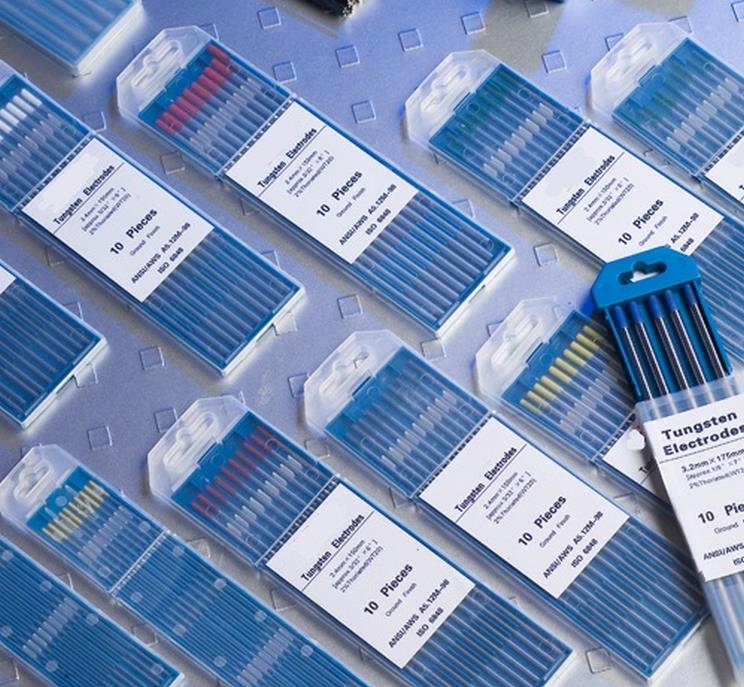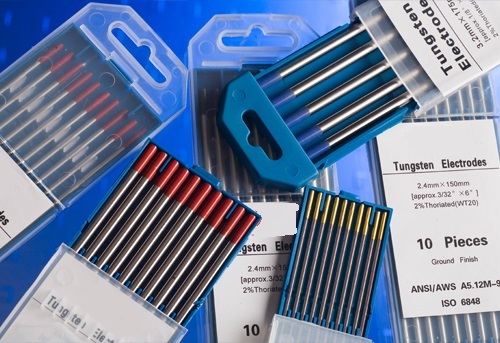Brief History
Tungsten inert gas (TIG / GTAW) and metal inert gas (MIG / GMAW) welding are both welding techniques developed in the early 1940’s in response to increased demand for weaponry. TIG was primarily developed for the aircraft industry while MIG was developed to increase the speed of weapon production.
Basics
TIG welding uses a tungsten electrode that is not consumed during the welding process. TIG welding uses argon, a mix of argon and hydrogen, or an argon and helium gas mix to provide shielding. TIG welding is recommended for materials such as magnesium, aluminum and copper alloys, and thin pieces of stainless steel.
On the other hand, MIG welding works well on steels because it is one of the fastest types of welding processes available. MIG welding uses a metal electrode that doubles as filler material for the weld and is consumed during the process. In MIG welding, argon gas is used alone or in combination with oxygen, carbon dioxide, or helium.
Benefits of TIG Welding
Produces better quality welds
Welder has precise control of the heat of the electrode, which causes fewer distortions
No splatter produced
Welds can be made with or without filler metal
Has a lower deposition rate
Benefits of MIG Welding
Longer welds without stops and starts increase productivity
Cheaper welders
Easier to learn and good for home use
Less cleanup required
- Ceramic Nozzles (10)
- Control Wire Plugs (1)
- Power Cable Adapters (5)
- Gas Lens (5)
- Collet Bodies (4)
- Collets (6)
- Back Caps & Valve Stems (9)
- Plugs and Sockets (9)
- Panasonic (2)
- Plasma (0)
- KOIKE (4)
- KJELLBERG (14)
- THERMAL DYNAMICS (6)
- KOMATSU (1)
- TRAFIMET (6)
- BINZEL (5)
- CEBORA (3)
- ESAB (3)
- OTC (2)
- SAF (1)
- JG-100 (2)
- SG-123 (1)
- SG-51 (1)
- JG-250 (1)
- FANYANG (4)








